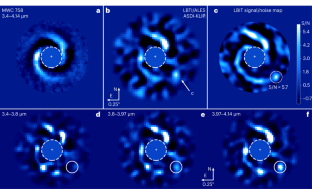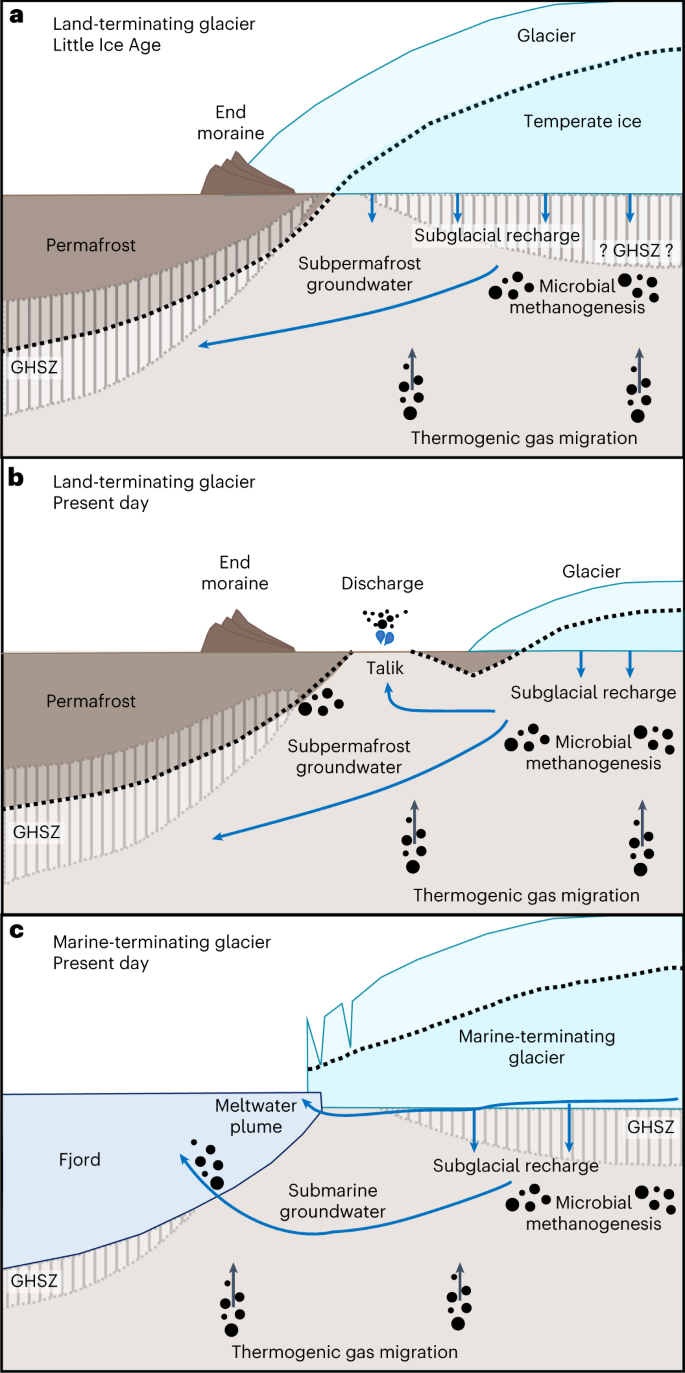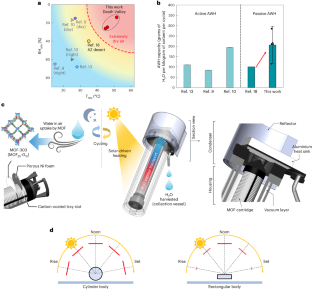2023-07-06 アリゾナ大学
◆この惑星が螺旋腕を生成している可能性があります。この発見は、惑星形成モデルを改訂し、他の隠れた惑星の検出戦略にも影響を与えるかもしれません。新たなジェームズ・ウェッブ宇宙望遠鏡を使用して、さらなる研究が行われる予定です。
<関連情報>
- https://news.arizona.edu/story/astronomers-discover-elusive-planet-responsible-spiral-arms-around-its-star
- https://www.nature.com/articles/s41550-023-02028-3
MWC758の渦状腕を駆動する巨大な原始惑星の直接画像と分光 Direct images and spectroscopy of a giant protoplanet driving spiral arms in MWC 758
Kevin Wagner,Jordan Stone,Andrew Skemer,Steve Ertel,Ruobing Dong,Dániel Apai,Eckhart Spalding,Jarron Leisenring,Michael Sitko,Kaitlin Kratter,Travis Barman,Mark Marley,Brittany Miles,Anthony Boccaletti,Korash Assani,Ammar Bayyari,Taichi Uyama,Charles E. Woodward,Phil Hinz,Zackery Briesemeister,Kellen Lawson,François Ménard,Eric Pantin,Ray W. Russell,Michael Skrutskie & John Wisniewski
Nature Astronomy Published:06 July 2023
DOI:https://doi.org/10.1038/s41550-023-02028-3

Abstract
Understanding the driving forces behind spiral arms in protoplanetary disks remains a challenge due to the faintness of young giant planets. MWC 758 hosts such a protoplanetary disk with a two-armed spiral pattern that is suggested to be driven by an external giant planet. We present observations in the thermal infrared that are uniquely sensitive to redder (that is, colder, or more attenuated) planets than past observations at shorter wavelengths. We detect a giant protoplanet, MWC 758c, at a projected separation of roughly 100 au from the star. The spectrum of MWC 758c is distinct from the rest of the disk and consistent with emission from a planetary atmosphere with Teff = 500 ± 100 K for a low level of extinction (AV ≤ 30), or a hotter object with a higher level of extinction. Both scenarios are commensurate with the predicted properties of the companion responsible for driving the spiral arms. MWC 758c provides evidence that spiral arms in protoplanetary disks can be caused by cold giant planets or by those whose optical emission is highly attenuated. MWC 758c stands out both as one of the youngest giant planets known, and as one of the coldest and/or most attenuated. Furthermore, MWC 758c is among the first planets to be observed within a system hosting a protoplanetary disk.



